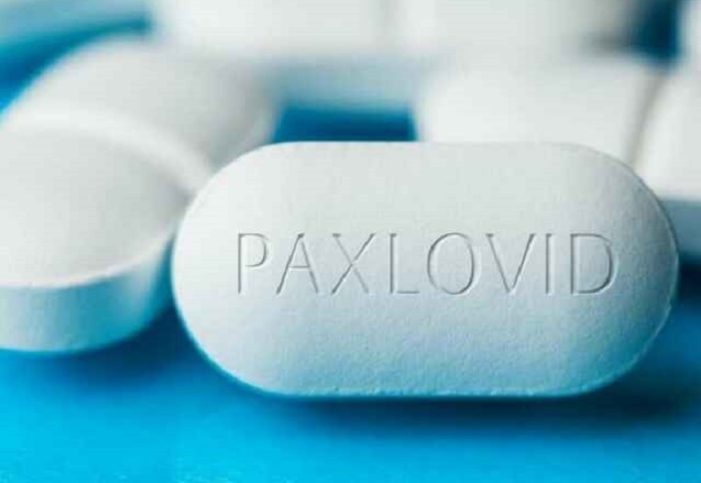‘COVID-19 Rebound’ May Be Worse Than Initial COVID Illness

On May 24, 2022, the U.S. Centers for Disease Control and Prevention (CDC) issued a health advisory to health care providers, public health departments and the general public regarding Pfizer’s antiviral drug Paxlovid, designed to treat symptoms of COVID-19. The advisory warns that some people who take Paxlovid may experience a recurrence of COVID symptoms two to eight days after completing the five-day course (three pills twice a day) of the drug.1 2 3
The CDC calls this COVID disease recurrence “COVID-19 rebound,” although the phenomenon has also been referred to as “Paxlovid rebound.”1 2 3 4
Paxlovid was given Emergency Use Authorization (EUA) by the U.S. Food and Drug Administration (FDA) on Dec. 21, 2021. It consists of nirmatrelvir tablets (produced by Pfizer) and ritonavir tablets (produced by AbbVie), “co-packaged for oral use.” According to an article in Managed Healthcare Executive last month, nirmatrelvir “acts directly on the SARS-CoV virus” and ritonavir, which is a “repurposed” HIV/AIDS drug, “boosts the effectiveness of nirmatrelvir.”1 4 5 7
Some patients who develop COVID-19 rebound have “milder COVID symptoms than they originally had and others have the same or worse symptoms, while remaining contagious and able to spread the SARS-CoV-2 virus to others, wrote Carolyn Hendler in a recent article in The Vaccine Reaction.1
Hendler noted that Pfizer claims Paxlovid is 87-89 percent effective at “preventing a 28-day hospitalization stay or death” for COVID patients.1 She added:
However, in a growing number of patients these effects appear temporary with patients initially feeling better and some even testing negative upon completion of the five-day course only to have a resurgence of symptoms and a positive test about a week later. Some patients only have a positive test without having symptoms while others have the same or worse symptoms as their original bout with COVID.1
“Paxlovid rebound is real and poorly understood,” says Bob Wachter, MD, chairman of the Department of Medicine at the University of California, San Francisco (UCSF). “We need urgent study and patient counseling.”4
No Evidence Second Round of Paxlovid Helps
It is unclear whether people who have taken Paxlovid and come down with COVID-19 rebound should take a second round of Paxlovid tablets, although a second round of the drug is allowed under its EUA status. Both the FDA and CDC have said there is no evidence to indicate that repeated treatments with Paxlovid offer any benefit.3 4 5
The FDA states:
[T]here is no evidence of benefit at this time for a longer course of treatment (e.g., 10 days rather than the 5 days recommended in the Provider Fact Sheet for Paxlovid) or repeating a treatment course of Paxlovid in patients with recurrent COVID-19 symptoms following completion of a treatment course.8
Anthony Fauci Develops Paxlovid Rebound
On June 28, Anthony Fauci, MD, director of the National Institute of Allergy and Infectious Diseases (NIAID) and President Biden’s chief medical adviser, announced that he was experiencing COVID-19 rebound following treatment with Paxlovid. Dr. Fauci, who received two doses of Moderna/NIAID’s mRNA-1273 (also known as “Spikevax”) messenger RNA (mRNA) COVID shot plus two booster shots but still developed COVID last month, completed a treatment with Paxlovid.9 10 11 12
Dr. Fauci said that, after taking Paxlovid, he tested negative for SARS-CoV-2 for three consecutive days, but on the fourth day he tested positive for the virus. He said that, on the fifth day he “started to feel really poorly, much worse than in the first go-around.” Dr. Fauci referred to the relapse as “Paxlovid rebound.” Still, he decided to proceed with a second round of Paxlovid.9 10 11
If you would like to receive an e-mail notice of the most recent articles published in The Vaccine Reaction each week, click here.
Click here to view References:
No comments:
Post a Comment